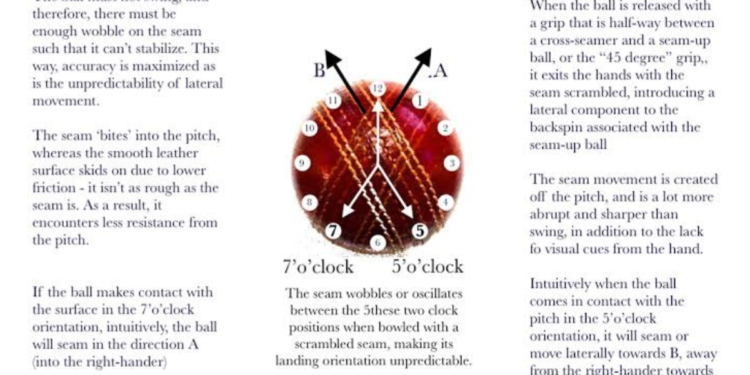Definition of Cricket Average
The cricket average is a statistical measure used in cricket to evaluate the performance of a player in the batting or bowling department. It is a crucial metric that provides insights into a player’s consistency and effectiveness on the field. In simple terms, the average represents the total number of runs scored or wickets taken by a player divided by the number of innings played or overs bowled, respectively.
Calculation of Batting Average
A player’s batting average in cricket is calculated by dividing the total number of runs scored by the number of times they have been dismissed. For example, if a player has scored 500 runs and has been dismissed 10 times, their batting average would be 50. This metric is a key indicator of a player’s consistency and skill level with the bat.
Batting average is a crucial statistic in cricket as it provides insights into a player’s performance over a period of time. It helps in evaluating a player’s ability to score runs consistently and their overall contribution to the team’s success. A higher batting average indicates a player’s proficiency in building innings and scoring runs, while a lower average may point towards inconsistencies or struggles in batting.
Calculation of Bowling Average
To calculate a bowler’s average in cricket, the total runs conceded by the bowler should be divided by the total number of wickets taken. This calculation provides an insight into how many runs a bowler typically concedes per wicket taken. A lower bowling average is indicative of a more effective bowler who restricts the opposition’s run-scoring opportunities while consistently taking wickets.
Bowling average is a crucial statistic that helps to evaluate a bowler’s effectiveness in the game of cricket. It allows teams and individuals to assess the impact a bowler has on the course of a match by considering the balance between conceding runs and taking wickets. A lower bowling average is generally desired as it indicates that the bowler has been successful in containing runs and dismissing opposing batsmen efficiently.
Difference between Batting and Bowling Average
Batting average in cricket is a measure of a player’s performance with the bat. It is calculated by dividing the total number of runs scored by the number of times the player has been dismissed, resulting in an average figure. Essentially, a higher batting average indicates that the player has been more successful in scoring runs consistently.
On the other hand, bowling average is a metric used to evaluate a player’s effectiveness as a bowler. It is determined by dividing the total number of runs conceded by the bowler by the number of wickets taken. A lower bowling average suggests that the bowler has been more successful in taking wickets while conceding fewer runs, highlighting their skill and impact on the game.
Importance of Average in Cricket
Considering the significance of average in cricket, it serves as a fundamental metric for measuring a player’s performance consistently over a period of time. For batsmen, the average indicates how many runs they score per dismissal, reflecting their level of consistency and effectiveness during their time at the crease. A high batting average is a testament to a cricketer’s ability to score runs consistently and make substantial contributions to their team’s overall score.
On the other hand, bowling average is crucial in evaluating a bowler’s effectiveness in dismissing opposition batsmen. A lower bowling average indicates a bowler’s proficiency in taking wickets while conceding fewer runs per wicket. This metric is particularly important in assessing a bowler’s impact on the game and their ability to restrict the opposition from scoring freely. By analyzing both batting and bowling averages, cricket teams can make informed decisions about player selection, strategy development, and overall team performance.























